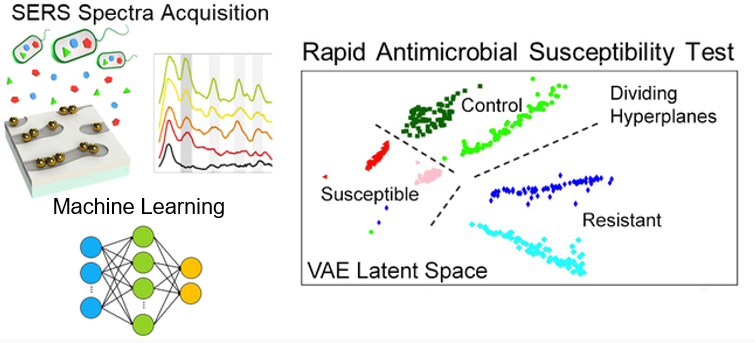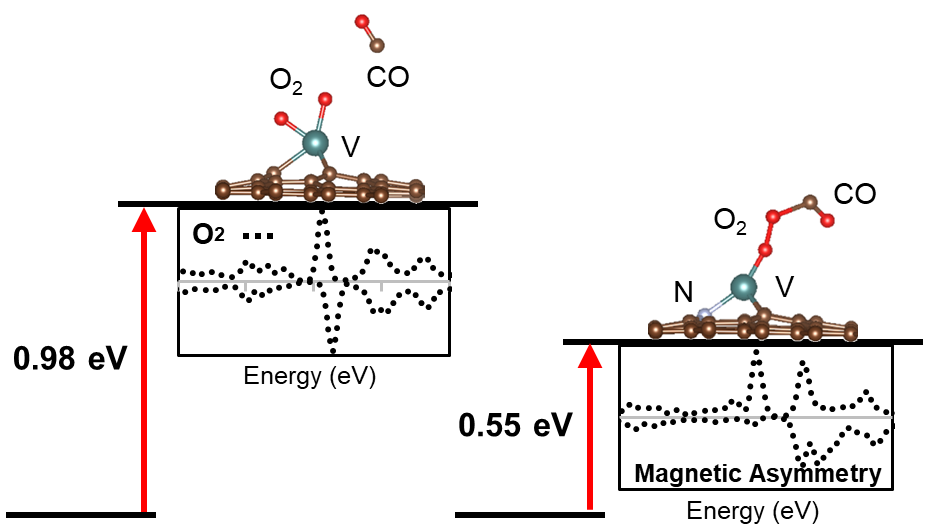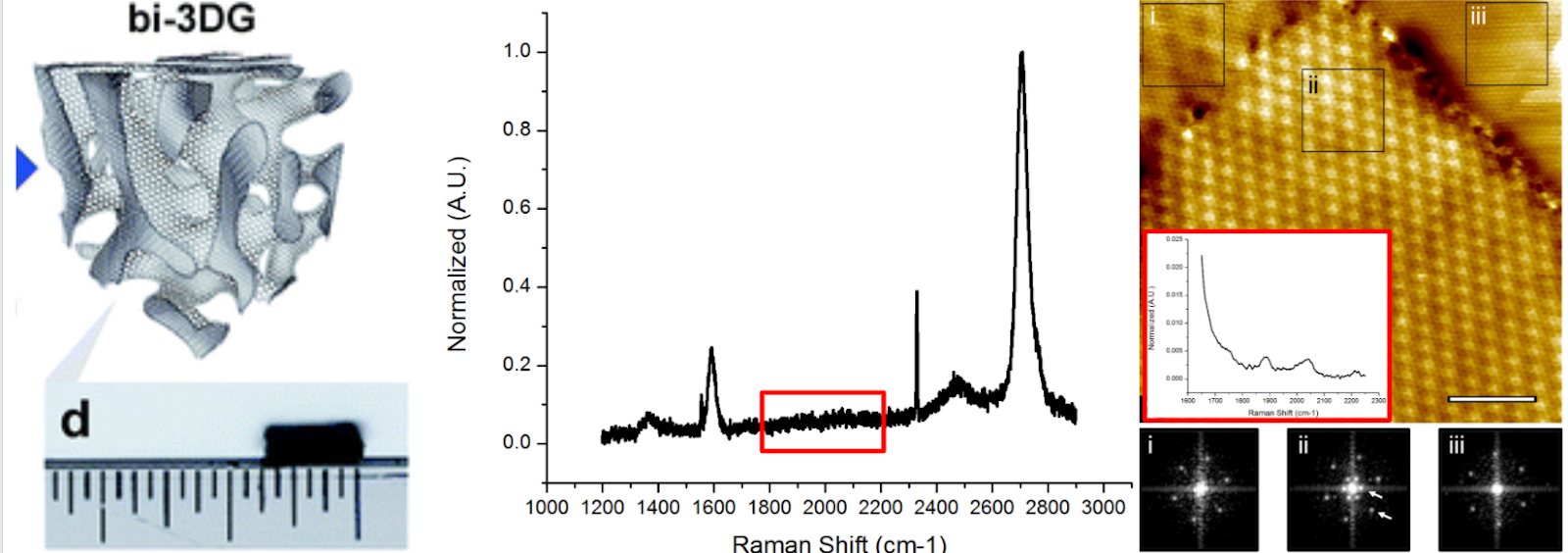Research
In the future, the capability to sense, communicate, and possibly even react, at the molecular level in electronic circuits will enable the creation of multifunctional devices and can also provide a greater understanding of how biological systems function. The integration of molecular systems with an electronic platform involves materials integration as well development of high throughput fabrication processes. The scientific projects pursued in the Ragan group at UCI involve the use of state of the art analytical techniques for fundamental understanding of assembly processes and how structure, interfaces and materials affect device performance and fundamental physical processes and to understand signal transduction that occurs due to interactions between electronics systems and molecular systems; fabrication using self-assembly or directed self-assembly of biological/inorganic hybrid material systems that have immense potential for integration with manufacturing processes.
Self - Assembly
Chemical assembly of nanoparticles from colloids using oscillatory electric fields experience electro-osmotic forces, such as electrohydrodynamic flow, and result in 2-dimensional arrays of discrete oligomers. Electrohydrodynamic flow is a dissipative self-assembly process and chemical reactions can trap assembled structures. Design of chemical reactions between ligands on nanoparticles allows for precise control of nanogap spacing. This is advantageous for controlling near field optical properties. For example, assembled oligomers exhibit reproducible billion fold signal enhancement in surface enhanced Raman scattering measurements that can achieve single molecule limit of detection. Electro-osmotic forces when combined with local chemical reactions offer the ability to tune nanogap spacing, oligomer size, and orientation. It also provides another external driving force for studying dissipative self-assembly on surfaces.
Diagnostic Devices

Antibiotic resistance is a leading global health concern. Current antibiotic susceptibility testing (AST) methods require overnight culturing of bacteria. During this wait time, doctors prescribe patients with a broad spectrum of antibiotics. This leads to inefficient prescribing and an increase in antimicrobial resistance. Therefore, we are interested in a synergistic solution to dealing with antimicrobial resistance by devising a method for rapid AST. We are interested in developing a sensor platform composed of surface-enhanced Raman scattering (SERS) sensors with control of nanogap chemistry which ensures high and uniform optical enhancement factors. Machine learning algorithms are used for analysis of spectral data and enable quick determination of bacterial susceptibility. Therefore, SERS with machine learning analysis provides a promising approach towards rapid SERS AST.
Materials Discovery

Simulation has emerged as a third paradigm alongside theory and experiment, complementing and enhancing both. We utilize multiple computational approaches, namely density functional theory (DFT), molecular dynamics (MD), in combination with machine learning (ML) to model systems of interest at multiple length scales and discern underlying phenomena responsible for performance.
3D Architectures for Energy Systems

Graphene continues to be a promising earth abundant candidate for various applications. This collaborative project aims to harness the attractive properties of graphene and advance its performance via direct synthesis on a self assembled 3-dimensional substrate. This novel architecture provides continuous and kink-free pathways thus allowing us to grow high quality graphene. Such advantages are vital in applications, such as catalysis and energy devices, as the unobstructed path for electrons and ions during mass transport can flow more fluidly. Furthermore, our recent findings suggest the presence of less studied turbostratic graphene which has promising applications in superconductivity due to mismatch layer stacking. The findings from this project will provide fundamental insight on the optimal synthesis parameters for creating these promising structures.
